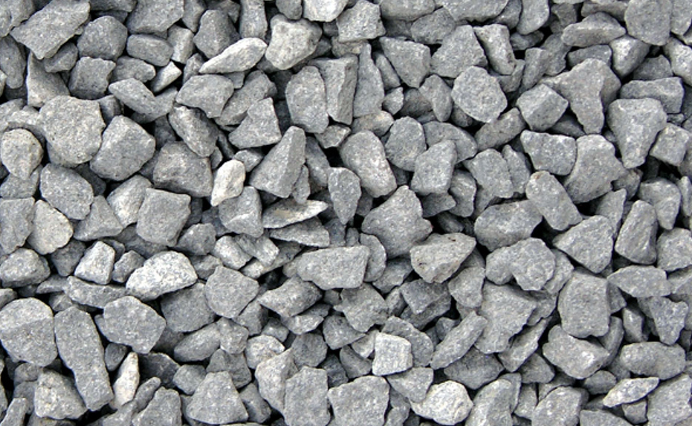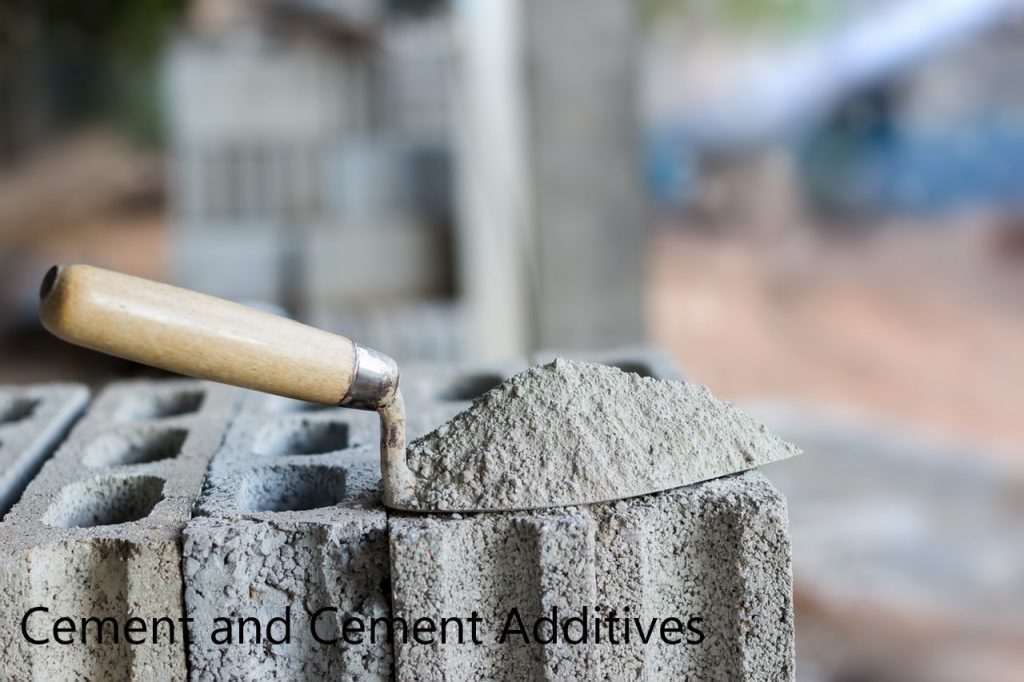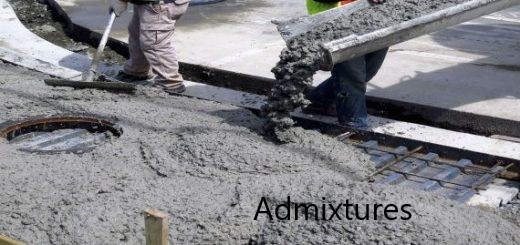Concrete is a composite material composed of fine and coarse aggregates, cement, and other additives. As a critical element of the matrix, the thermal properties of aggregates play a crucial role in the performance of a concrete structure. This article aims to give civil engineers an insight into the thermal properties of aggregates and their influence on the strength, durability, and thermal performance of concrete structures.
In terms of the components that make up concrete, coarse aggregate makes about 30 to 50 percent of the volume and has a big impact on the material’s thermal characteristics.
Mainly, there are three types of thermal properties of aggregates.
- Coefficient of Thermal Expansion
- Specific Heat
- Thermal Conductivity
As the primary component of concrete, aggregates are a key factor in the overall thermal performance of concrete structures. The aggregate in concrete achieves a favorable thermal conductivity. The thermal conductivity of a concrete mixture is directly influenced by the type and amount of aggregate used. The conductivity of various types of aggregate can range from very poor to excellent.
The use of thermally conductive aggregates can improve the heat transfer performance of a concrete structure. Thermally conductive aggregates can be used to control the temperature of concrete during extreme weather conditions. By regulating the temperature of the concrete, the internal stresses caused by temperature differentials can be minimized. This can extend the lifespan of a concrete structure and improve its overall durability.

In addition to their thermal conductivity, the size and shape of aggregates also play a role in the thermal performance of concrete. The size of the aggregate affects the amount of contact area between the aggregate and the cement paste. The larger the aggregate, the greater the contact area, and the better the heat transfer. The shape of the aggregate also affects the thermal conductivity. Depending on the shape of the aggregate, the contact area between the aggregate and the cement paste can vary. The use of different shapes of aggregate can be used to tailor the thermal conductivity of concrete to the specific needs of a project.
The thermal properties of aggregates are a critical factor in the performance of concrete structures. By understanding the role of thermal conductivity, size, and shape in the thermal performance of concrete, civil engineers can design concrete structures that are better able


